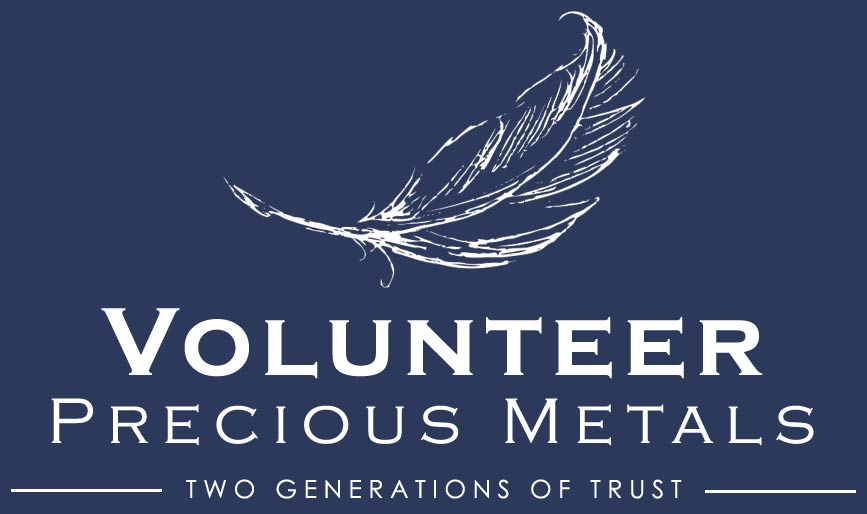My wife and I put our marriage through the acid test nine years ago: we built a house. Everyone told us, “Something’s going to trigger one or both of you. Eventually the stress gets to you and you’ll fight about something. Maybe it’s big. Maybe it’s small, but if you can make it through building a house together without a divorce, you’ll make it through anything.”
I love building things and thought they were crazy. Through our 12-year marriage we had always made ends meet, but hadn’t had a lot of ‘discretionary income’. We were just happy that we’d have a house that wasn’t a hand-me-down, and, when we were warned, we took it with a grain of salt. We knew from experience, after all, that beggars can’t be choosers. So, we knew we’d get along.
We knew it right up to the point that I did the unthinkable. I decided – on my own – the height of the shower heads in the master bathroom. I’ll never forget standing in our unfinished shower, staring at a raving monster standing where my wife had been, just a moment before, wondering, “How did I get here?” At the same time, strangely, someone, in the ether turned on that Talking Heads song. I could hear the lyrics perfectly…”This is not my beautiful house. This is not my beautiful wife…”
But we made it. We made it through our personal breakdowns. We made it through too-high shower heads. And, more importantly. We made it through the framers. Ohhhh, the framers. I should have known when they unloaded their tools out of the trunk of a Lincoln Towncar, accepting my framing bid on the spot. I should have known.
Now I do.
Never accept the lowest bid. If you do, like me you’ll marvel, forever, that your house stands. And I’ll never forget the lead framer’s complaint – he didn’t like my plans because he had to cipher. Cipher? The word made me pause. I thought, “Did I hear my grandfather say that once, but only referring to something his grandfather said?” Cipher?
Around here they also say, “He had to do some figurin’.” Math. He had to add and subtract. And while he complained about it, saying it cost him time, energy, and money, I want to show you how a little cipherin’ can save you lots.
CIPHERIN’ PREMIUM
As with any industry, gold and silver trading is full of nuances. There are little- known pitfalls and benefits most dealers don’t want you to know about. Premium is a big one. If you understand it, you’ll never fall prey to someone trying to charge too much when you buy or pay to little when you sell. So here it is.
Premium is the difference between the market value of the gold and silver in your item at the time of your transaction and what you pay (or get paid) for the items.
As a rule of thumb, you don’t want to pay over 6% premium for anything – gold or silver. And you don’t want to be paid less than 5% below spot for something you sell. Now, there are always exceptions to the rule. In the 2008 collapse, sell premiums shot up because wholesalers weren’t willing to let go of their inventory for the suddenly lower prices. Nobody cared. Everyone wanted the safety of metals, inventories disappeared, and you could only buy silver by paying a 50% premium to the paper (futures market) price. Still, it’s a rare exception and be aware there are many forces at play.
WHAT YOU DON’T KNOW CAN HURT YOU
Folks often call or write and ask for a hard and fast rate – how much will gold American Eagles cost them over spot, forever and ever amen. The answer is, “We don’t know.” While there is a general premium range for most gold and silver items, their premium fluctuates continually. These fluctuations may be caused by rapid market movements, the introduction of a new coin series by the mint, wholesale inventory requirements, and other things. The point is, you cannot guarantee that the premium we quote (via price) today will be the same tomorrow. We generally see wholesale premiums change several times each week, and silver premiums are more changeable than gold.
But there are general ranges. For instance, gold American Eagles usually range around 6% over spot, retail. That means you’ll usually pay somewhere around 6% over the gold price – at any given time – for them. This usual premium range helps. It makes coin markets reliable and enables dealers to know what will usually be the best coin buys for their customers, depending on their customers’ desires.
For instance, you can (almost) always buy Austrian 100 Coronaes (0.9802 oz) and Mexican 50 Pesos (1.2057 oz) cheaper than any modern issue coins, whether we’re talking Maple Leafs, Krugerrands, or American Eagles. But not everyone is comfortable with an older-issue gold coin that is an odd weight. Some folks need a one-ounce coin to be comfortable. Some need American coins. And that’s fine. Premium matters in every case, though.
Premium, not the person selling to you, is what tells you whether you’re getting a good price or not. So how do you find it? Simple. Divide cost by content. Let’s make this difficult and not use one-ounce coins. Say you’re shopping for Austrian 100 Coronaes and a dealer offers them to you at $1,595.00. Gold is $1,571.54. “Wow!” you think, “That’s only $24 over the gold price.”
Not quite. Remember you have to divide cost – $1,595.00 – by content .9802 oz. When you do this, you’ll see you’re actually paying $1,627.25 per ounce. Of course this is much simpler if you’re buying a one ounce coin, but sometimes cipherin’ can save you some dollars, so bear with us.
Now take that $1,627.25 per ounce and divide it by the price of gold – $1,571.54. When you do, you’ll see you’re paying about 3.55% over gold for those Austrian 100 Coronaes. Remember the average 6% premium we mentioned for gold American Eagles above? That would put them around $1,665.75 – $38 more per ounce.
Sure $38 may not change your life, but it still is a couple of ounces of silver. And, if you’re buying ten coins, you’re talking enough to fill the gas tank in your Hummer. That’s a joke.
Here’s another example, so you can see how it works with silver – specifically 90% silver coin because it is the form of silver we most often recommend. Let’s say you’re offered 90% silver coin at $13.00 per face value dollar (one dollar face value = 4 quarters, 10 dimes, or 2 halves and, though comprised of more than one coin, that is the trading unit for 90% silver coin).
Divide cost – $13 – by content – .715 (there is .715 oz of silver in each face value dollar). You get $18.18. Now divide that by the price of silver. Say silver is $17.73. Wow! That’s only 2.5% over spot! That’s a price to jump on. Especially since one ounce silver Rounds usually run at least 5% over and silver American Eagles sit up in the stratosphere, around 14%. That means you’ll save over $2 per ounce buying 90% silver coin versus silver American Eagles, or every $9.00 face value nets you one free ounce!
See, it pays to know – and it pays to cipher!



Thanks for the helpful demonstration and explanation!
Great explanation. Thank you. Been a while since I have had any transactions. Needed a refresher.